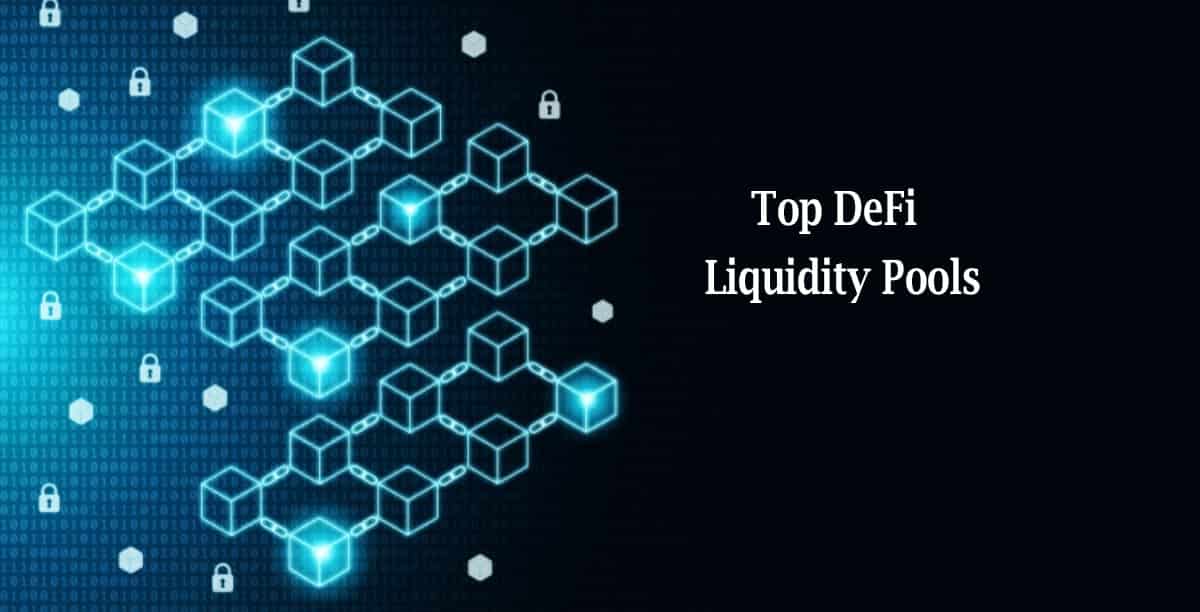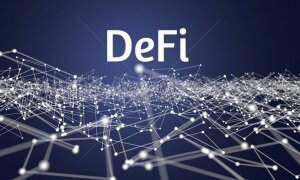Liquidity is a crucial aspect of any trade, much less the DeFi trade, which is notoriously volatile. Liquidity is how fast an asset can be converted into cash in the market. In DeFi, liquidity refers to the availability of liquid assets in the market.
DeFi is now booming more than ever before. New projects are being launched nearly every week – with each one bringing closer to the decentralized finance dream for millions across the world. Suffice to say, DeFi is inevitable. As such, it’s important to know the most important concepts of the idea, as well as projects that are helping advance those ideas.
This article talks about liquidity pools and some of the best of them in DeFi in 2020.
What are Liquidity Pools?
In DeFi, liquidity pools are tokens that are locked up in a smart contract. They facilitate efficient trade by providing liquidity and are exploited largely by decentralized exchanges (DEXes) to allow for seamless trade and prevent massive price swings.
Projects like Bancor were the first in the door but were quickly followed up by versions with trendier options such as Uniswap, Balancer, Curve, and so on. Balancer even showed the DeFi world that a liquidity pool could have more than just two assets in a single liquidity pool at any given time.
Liquidity pools eliminate the possibility of manipulation that can occur in centralized order books. They also lower gas fees, leveling the playing field for all participants. Also, liquidity pools allow liquidity providers to earn rewards. As such, liquidity pools are an excellent way to earn passive income.
With that, let’s get to:
Best liquidity pools in 2020
#1. Uniswap
Uniswap is one of the earliest liquidity pools and one of the best in terms of offerings. It’s an Ethereum-based token exchange platform that supports 50% Ethereum contracts and 50% ERC20 contracts. On Uniswap, exchange ETH for any ERC20 token in a peer-to-peer and decentralized fashion. The platform is open-sourced, meaning you can create an exchange pair in a pool of your choice for a token of your choice.
You can deposit crypto and receive a Uniswap token in return. For instance, when you deposit USDT, you’ll receive an equivalent amount in UNI (Uniswap’s native token). A liquidity pool on Uniswap could be yDAI+yUSDT+yTUSD+yGUSD, LGO-WETH, etc.
#2. Curve Finance
Curve finance is a decentralized liquidity pool running on top of Ethereum. Curve also supports stablecoin trading with low slippage. The platform started out without a native cryptocurrency but has just launched one – CRV.
Curve currently supports several pools, including yDAI, yUSDC, and yUSDT. It also supports stablecoin and asset swapping with Compound, PAX, etc.
#3. Balancer
Balancer is a price tracker, liquidity provider, crypto exchange, and decentralized asset manager based on Ethereum. It allows traders to exchange various currencies with minimal slippage. As well, anyone can add liquidity to a customizable pool and earn returns.
Balancer supports up to 8 crypto assets, including USDC, DAI, and ETH. In a Balancer liquidity pool, you can have up to 8 tokens at any time. For example, a pool can have several tokens with their respective percentages adding up to 100%.
#4. Bancor
Bancor is an Ethereum-powered protocol exchange that lets you trade between different cryptocurrencies. Bancor supports pooled liquidity, too, and utilizes an algorithmic market-making mechanism to ensure liquidity and keep an accurate report of crypto prices.
Bancor’s liquidity pool is known as the Bancor relay. The Bancor token is a stablecoin that helps mitigate liquidity volatility. Bancor supports liquidity pooling for the BNT token, ETH, ERC20 tokens, and its stablecoin USDB. Using the BNT token, users can swap tokens between other blockchains.
Currently, the Bancor network supports EOS and Ethereum blockchains but can theoretically be adopted by any open-source application that enables value exchange.
#5. Kyber Network
Kyber is another Ethereum-based liquidity and exchange protocol that allows decentralized applications to provide liquidity for users. The network features an ecosystem of vendors, wallets, and users who can just swipe and instantly send/receive tokens in a single transaction.
Kyber features a native utility token, KNC, which rewards liquidity providers and facilitates the network’s governance. As such, token holders can stake the token to take part in governance and earn crypto.
#6. Convexity Protocol
Convexity is a protocol built atop Ethereum’s blockchain that allows users to deposit liquidity and earn returns. It also provides users with an interactive interface to trade in fungible ERC20 tokenized options known as otokens. Users can create collateralized options contracts and sell them in the form of tokens, therefore earning a premium on their collateral.
#7. ICTE Protocol
ICTE protocol is a liquidity pool and a cross-blockchain inter-exchange protocol. ICTE connects both local and web-based exchanges, intending to solve scalability, security, and custodial issues while offering liquidity solutions to stockholders.
#8. KeeperDAO
KeeperDAO is a DeFi protocol based on Ethereum. It’s an on-chain DeFi underwriter that also acts as a proxy volatility fund. KeeperDAO also provides backstop liquidity to support on-chain lending and synthetic asset protocols. KeeperDAO interacts with other DeFi platforms such as Compound to ensure liquidity providers are rewarded with interest at all times.
Closing Thoughts
Liquidity pools provide much-needed movement in decentralized exchanges, aiding the seamless trading of currencies. They are also one of the many DeFi ways individuals can earn through DeFi. These liquidity pools, and others not on the list, are one step closer to financial autonomy for DeFi fans everywhere.






